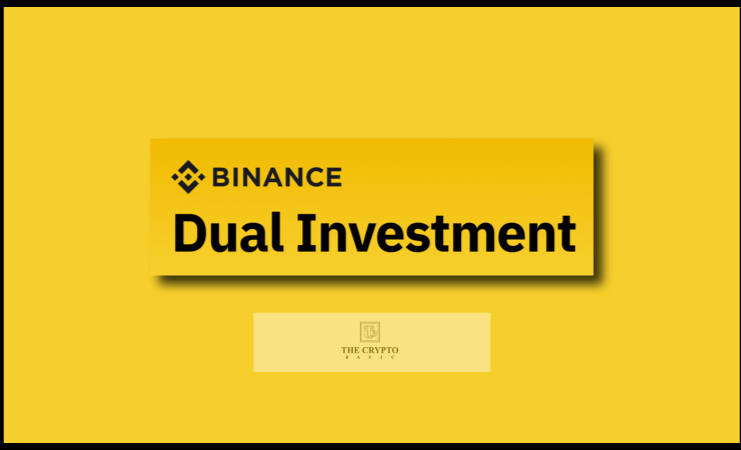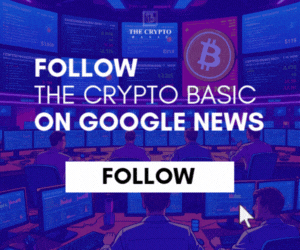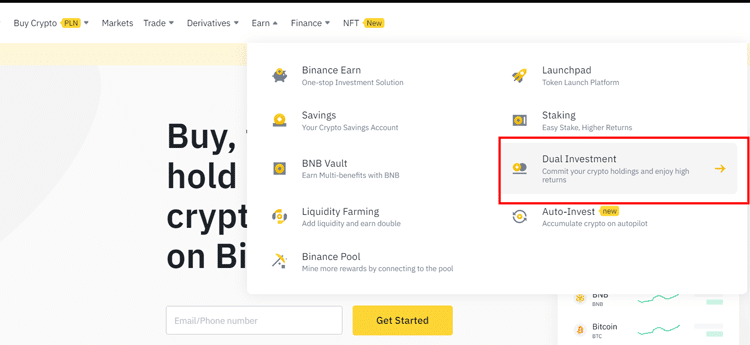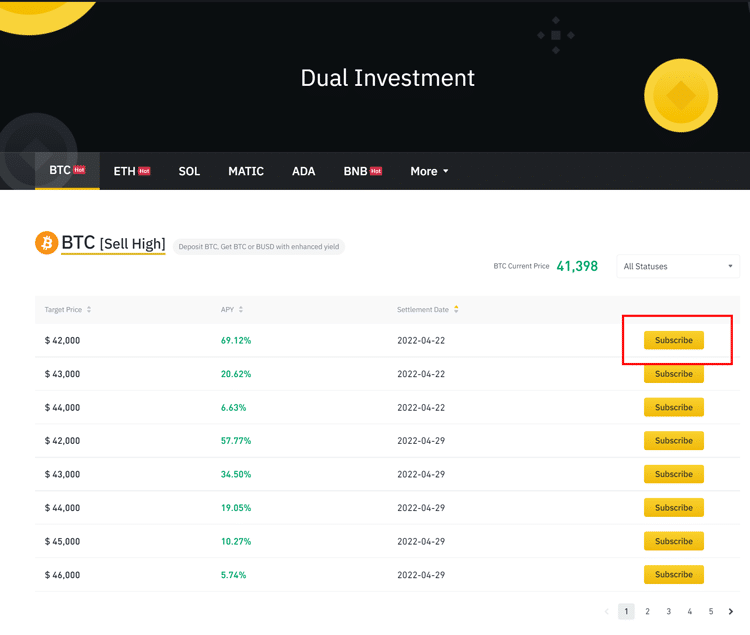We’ve all heard the old rule about buying low and selling high, but the truth is, it’s easier to say than to do. Fortunately, there are some tools that can help you. One of them is the Dual Investment feature from Binance and that is what we will focus on in this article. We’ll explain to you exactly what it is, what it does, how to use it and much more. So, here we go!
What is Binance Dual Investment?
Binance Dual Investment use the same methods of calculating returns as liquidity pools and staking. However, the difference is that the returns are very high. With this feature, you can buy low or sell high at the desired price within the desired time frame.
The norm is that the annual percentage return (APY) is 50%. However, some subscriptions even offer APYs above 300%. For this reason, dual investment is high demand product.
However, it’s important that you familiarize yourself with the risks and the rules before making any investment. So let’s start with the most important terminology about Binance Dual Investment
Dual Investment on Binance: the most important terminology
Before we go any further, it’s important that you familiarize yourself with the key terminology of Binance Dual Investment.
- Strike price: The set (target) price at which the deposit currency will be converted into an alternate currency if the settlement price is higher/lower than this price, depending on the product.
- Settlement price: The average spot price of the last 30 minutes before 8:00 am (UTC).
- Spot price: The current price of the currency you are depositing.
- Base asset: The asset on which the dual investment is based. For example, if you are referring to the ETH spot price and the ETH strike price, the underlying asset is ETH.
- Delivery date: The date on which the locked-in assets are released and interest is paid. We can call it settlement day.
- Deposit days: The number of days remaining until the settlement date.
- Deposit currency: The currency in which the dual investment deposit is made.
- Alternate currency: The currency you receive instead of the deposited currency in case of product realization.
- Cut off time – This is the time at which Binance determines whether your position has been executed on a “Buy Low” or “Sell High”.
- Subscription amount – This is the amount of the user’s deposit that the user wishes to invest in the dual investment product.
Types of Dual Investment
Binance offers two types of dual investments. These are Up-and-Exercised and Down-and-Exercised. Both products use the same metrics but different rules.
Up-and-Exercised (Sell High)
These products allow the user to set a target price higher than the spot price. If the settlement price is above or equal to the target price on the execution date, the product will be executed.
Example:
You invested 1 BTC in an “Up-and-Exercised” product. Assume that the value of 1 BTC is $10,000 and you will receive an APY of 40% over the next 30 days. The strike price is set at $15,000.
On the day of execution, two potential scenarios will occur:
- Scenario 1: The settlement price will reach USD 15,000. The product will be realized and you will receive 1 BTC at the current rate back in BUSD + 40% APY.
The amount received = 15,493 BUSD. - Scenario 2: The settlement price is less than $15,000. The product will not be completed and you will receive 1 BTC at the deposit rate + 40% APY.
Amount received = 1.0328767123 BTC
Down-and-Exercised (Buy Low)
These products work the opposite of Up-and-Exercised. Users can set a target price lower than the spot price, and if the execution price is lower than the strike price, the product will be executed.
Example:
You invested 100 BUSD in a Down-and-Exercised product. The value of 100 BUSD is $100, and you will receive an APY of 40% over the next 30 days. The underlying asset is BTC with a current value of $30,000 and the realization price is set at $20,000.
Two potential scenarios will occur on the settlement date:
- Scenario 1: The settlement price reaches $20,000. The product is realized and you receive BUSD in BTC + 40% APY.
The amount received = 0.0052 BTC. - Scenario 2: The settlement price is higher than $20,000. The product will not be realized and you will receive BUSD + 40% APY.
The amount received = 104 BUSD.
Dual Investment vs Stop-Limit Order
Dual Investment: You sign up for a product that has a set APY%, strike price and settlement date. If the settlement price does not reach the strike price, the product will not be executed. In this case, the user receives his amount in the same currency in which he deposited + APY%.
If the product is executed, the user receives the amount in the alternative currency + APY%.
This rule applies to Up-and-Exercised products. For Down-and-Exercised products everything works the other way around. The amount is received in the alternative currency when the product is not executed, and in the deposited currency when the product is executed.
Stop-Limit Order: When you place a Stop-Limit order, you must specify two prices. A stop price and a limit price. The stop price activates the limit price, and coins are sold/buy when the market price reaches the limit price. Let’s explain this with a concrete example:
A user owns BTC worth $10,000. He wants to make profits by buying BTC as soon as the price starts to rise, and then selling it when the price rises significantly.
Therefore, he decided to set the strike price at $10,100 and the limit price at $10,400.
You can set both prices to the same value. However, it is better not to do so. Why? Because it may take some time to activate the stop price, and it happens that during this time the spot price may exceed the limit price. The order can be executed only at the limit price.
Therefore, it is better to set the target price slightly higher than the limit price. Then you will have a better chance of the order execution.
The Stop-Limit order can also be used to hedge losses. In this case, the user should set the target price below the limit price.
Stop-Limit Order:
- This order may never be executed. In this case, you will not make any profit or loss.
- The user can cancel the order, so it does not have to be a win or lose situation.
- Profits are fixed.
Dual Investment
- Profits are not fixed
- Product expires at the time of execution.
- Once subscribed, the subscription cannot be cancelled.
Dual Investment on Binance: How to use it?
To participate in Binance dual investments on your computer, simply follow the steps below:
Step 1: Log in to your Binance account. Once logged in, hover over “Earn” in the top menu and then click “Dual Investments”. Alternatively, you can also just click on this link. It will take you straight to the appropriate place.
Step 2: You will now be shown different products with different underlying assets. Choose the one that suits you best, click “Subscribe”, accept the terms and conditions and press “Subscribe” again
Step 3: Now you have to wait for your subscription to be realized.
To participate in Binance Dual Investment on your smartphone, simply follow the steps below:
Step 1: Download the Binance App from the Play Store.
Step 2: Open the app, on the homepage find the “More” button, click it and then find “Dual Investment”. Tap on it. Alternatively, you can also search for the “Earn” option, go to the “High Yield” tab and then click on “Dual Investment”.
Step 3: A huge list of products will appear on the screen. Select the underlying asset and then the product that suits you best.
Step 4: Read the product terms and conditions, accept them, and then click “Subscribe”.
Dual Investment on Binance: The Risks
Of course, with high returns, comes high risk. So let’s discuss the two risks involved in using Binance’s dual investment feature.
Lock-in: This is the main risk. The assets are locked during the subscription period. Why this is bad? Because cryptocurrencies are very volatile. You never know when the price will rise and when it will fall. If the price is high for a short period of time and you can’t sell your tokens because they’re locked, you’ll lose the opportunity to make a profit. If the token price starts to fall and you cannot sell your tokens at the right time because they are locked, you will suffer losses.
Payout at initial price: If the product fails to perform, you will lose part of your investment. Let’s assume that at the time of subscription, Bitcoin was worth $10,000. After the subscription ends, it is worth $15,000. Since the product has not been realized, you will receive bitcoin at the initial price + APY%. This means that you will not receive the $5,000 profit. For the Down-and-Exercised product, you will lose if the product is realized.
Summary
Dual investing on Binance is a great option for those who want to own their cryptocurrencies while earning passive income from them! Considering how volatile the cryptocurrency market is, this is a great option to profit from that volatility, but as we mentioned earlier, it also comes with some risks. Therefore, before you start, make sure you are aware of what you are doing!
DisClamier: This content is informational and should not be considered financial advice. The views expressed in this article may include the author's personal opinions and do not reflect The Crypto Basic opinion. Readers are encouraged to do thorough research before making any investment decisions. The Crypto Basic is not responsible for any financial losses.





